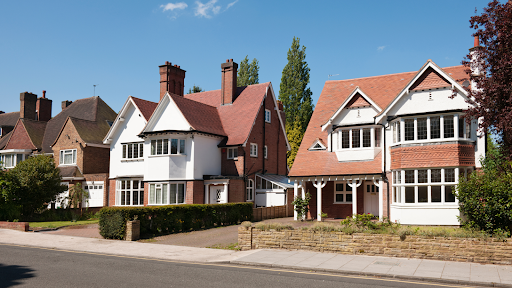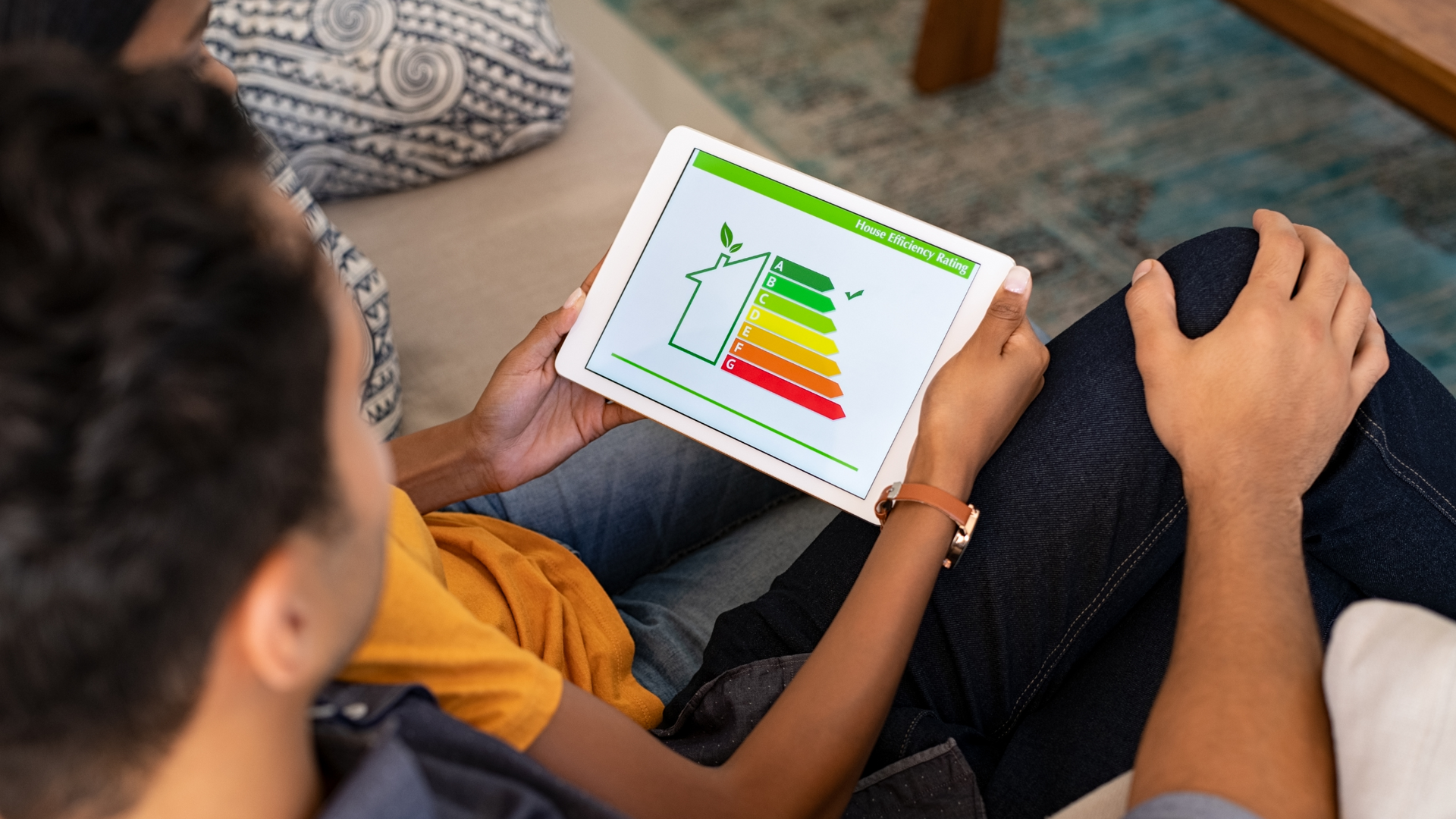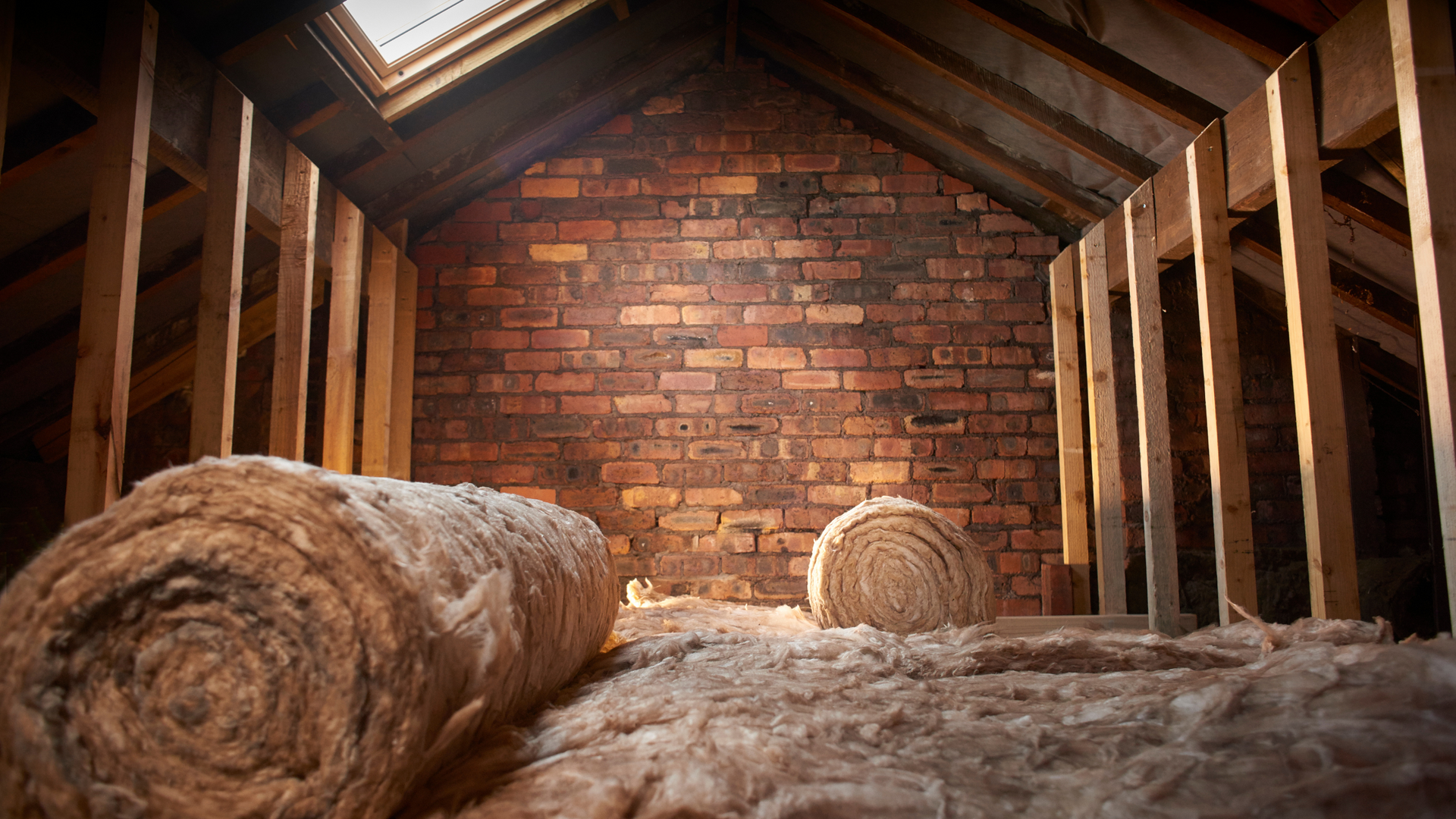Blog

Selecting the ideal external render for your house is a crucial decision that can significantly impact your property's appearance, durability and energy efficiency. With a wide range of options available, it's essential to make an informed choice that aligns with your aesthetic preferences, budget and long-term maintenance requirements. In this comprehensive guide, we'll take you through the key factors to consider when selecting the right external render for your house, helping you create a stunning and long-lasting facade that enhances the overall value and comfort of your home. Assessing Your Property's Needs Before exploring render options, start by evaluating your property's unique requirements. Consider the local climate, weather exposure and the condition of your walls. Properties in regions with frequent rain or extreme temperature fluctuations may need a render with enhanced water resistance and thermal protection. Identifying areas that need extra protection or insulation will help you choose a render that offers optimal performance and longevity. Evaluating Longevity and Durability Investing in a durable render ensures that your property remains protected and visually appealing for years to come. Research the expected lifespan of different render types and consider factors such as resistance to weather conditions, cracking, fading and maintenance requirements. While some renders may require periodic repainting or touch-ups, others offer longer-lasting protection and reduced maintenance needs.

Three factors will determine if you would need planning permission to render your house or to have external wall insulation installed. These are the area your house is based in, the origin of the building and additional changes you might want to make, for example, changing the materials used in the construction of the house.

The Energy Company Obligation (ECO) is a government scheme that offers grant funding to support energy-inefficient homes, which in turn aims to reduce fuel poverty and carbon emissions. In this blog article, we’ll take you through all the details you need to know about the ECO funding scheme, what are the differences between ECO4, ECO+ and ECO4 Flex and do you qualify for free insulation grants. ECO: A Brief Overview ECO was developed for energy suppliers to financially support households across the UK with the aim of boosting the property’s energy efficiency and EPC rating. There are three sets of insulation grants available under the Energy Company Obligation: ECO4, ECO+ and ECO4 Flex. Each grant has its specific eligibility criteria but all of them offer the main types of energy-efficiency measures. These include loft insulation, cavity wall insulation, solid wall insulation and boiler replacement or repair. Can I Get Free Insulation? To qualify for the ECO insulation grants, you need to be the homeowner or have a signed document from your landlord granting you permission to apply. Eligibility criteria for each of the three grants vary and will depend on several factors. Here are some of the factors that if you meet, you will most likely be eligible for the grant to insulate your home: If you receive the Warm Home Discount in the 'core' group, get eligible benefits and fit the income requirements Live in social housing that has an EPC rating of E or lower (check your energy performance certificate, ask your landlord or social housing association or get in touch with an approved installer to find out ) You meet the criteria set by your Local Authority






